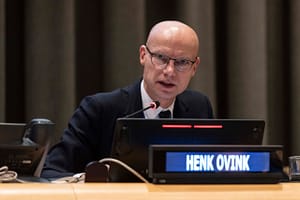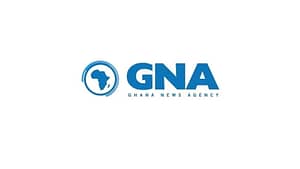Participatory Action Plans
In 2007 the stakeholders in the Learning Alliances (LAs) project sites created action plans for their cities to improve waste, water and agriculture. These plans have evolved and been updated since then. Some activities are complete and some are on-going. The current status of the activities is provided here:
Bangladesh Rajshahi Participatory Action Plan
Sri Lanka Kurunegala Participatory Action Plan
News Letters
To keep the LA members informed of progress the project team have been writing and distributing short news letters in English, Sinhala and Bangla.
Bangladesh Rajshahi Waspa News – English Rajshahi Waspa News English-Issue 2
Rajshahi Waspa News – Bangla
Sri Lanka Kurunegala WASPA Newsfeed Kurunegala WASPA Newsfeed issue 2
Kurunegala Puwath Hasuna Kurunegala Puwath Hasuna issue 2
What are Learning Alliances
Learning Alliances are “series of connected structured platforms at different institutional levels, designed to break down barriers to both horizontal and vertical information sharing”. They therefore operate at a number of levels, in which their role at the local level is essentially to bring together community members, local government authority representatives, NGOs, CBOs, sanitation, agriculture and livelihoods experts, and the private sector, to produce and share information. This information is not held within the local level LA but is shared with other layers of the LA, in this case through existing structures such as government, universities and existing networks, particularly STREAMS, the Resource Centre on Urban Agriculture Policy (RUAF) and the Ecological Sanitation Research (EcoSanRes) network. This does not however mean that the process is one way; on the contrary, learning is multi-directional and iterative.
A Learning Alliance is understood to be a “process undertaken jointly by research organisations, donor and development agencies, policy makers and the private sector through which good practices in both research and development, are identified, shared, adapted and used to strengthen capacities, improve practices, generate and document development outcomes, identify future research needs potential areas for collaboration and inform both public and private policy decisions” (Lundy and Ashby, 2004). In this action, an LA will also include CBOs and community members as the project works mostly at local level and therefore requires the full participation of the local community, who are also the end users. The inclusion of these groups stems from the fact that “probably the most important element of a successful LA is a shared understanding of the problem to be solved and a set of common objectives to which each participant can contribute from a different perspective” (Moriarty et al., 2005, draft).

Structure of Learning Alliances at Different Levels










